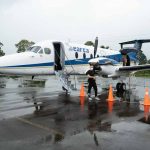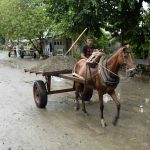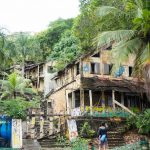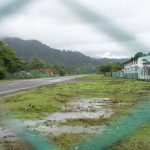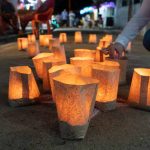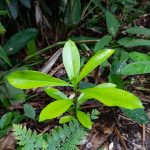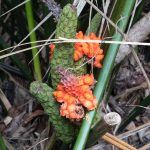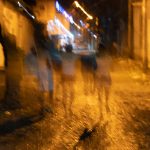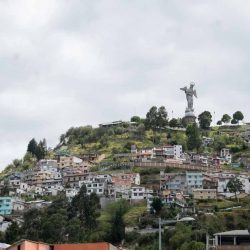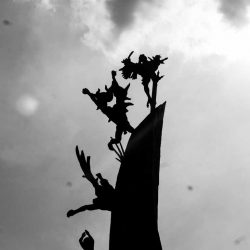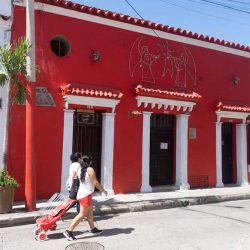Welcome to the end of the world. No, not at the southern tip of Chili in Patagonia. Up north, close to the Darien Gap, in a place most Colombians don’t even know. Where you can only get by small plane and/or speedboat. Welcome to Capurgana.
Most tourists know the Andes mountain region. Most will also know the Amazon stretches out beyond Brazil, far into Colombia and Ecuador and more. Few have heard of the Choco region, a mountainous range in the west going from Panama all the way to the northern parts of Ecuador.
This is jungle country, with scattered villages usually unconnected by roads. There is scarce infrastructure. Electricity generated by diesel engines and solar panels, a bit of internet as well. Most parts of the Colombian part of Choco aren’t very safe even, paramilitary groups controlling swaths of it. Not Capurgana though, where relaxed Caribbean vibes (and waves) rule.
CONTENTS
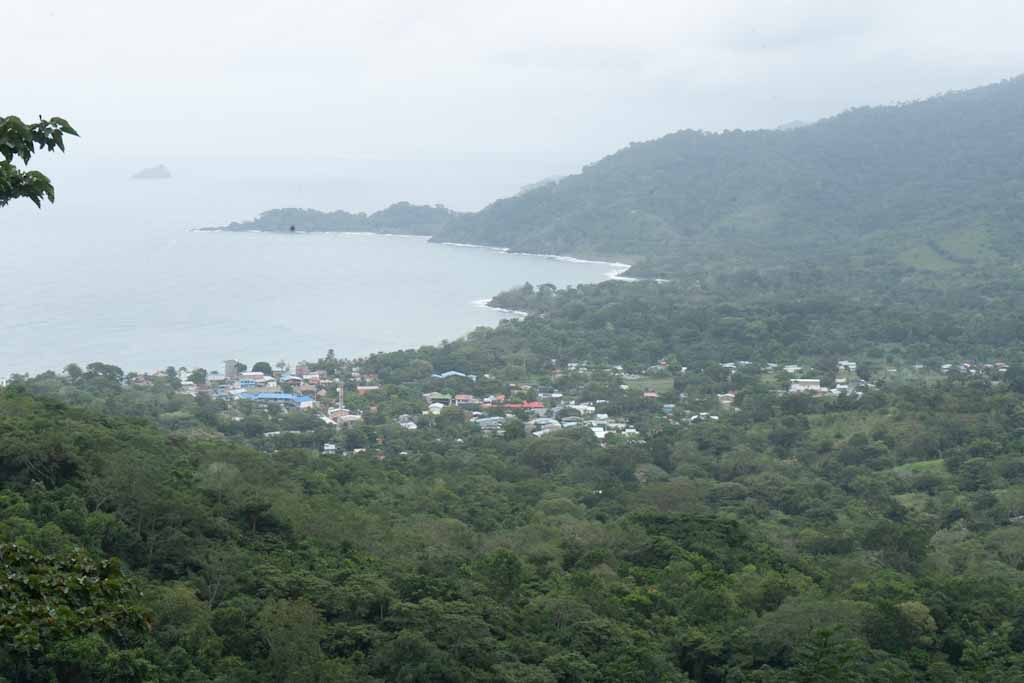
General introduction
This is truly a different world. In the northwestern corner of the Gulf of Uraba, itself already in the northwest of Colombia.
There are several small villages here, all perched in between the jungle and the beach. Capurgana is the biggest, with probably a couple of hundred houses. Expect unpaved streets, locals touring around on motorcycles (no cars here of course), lots of fishing, tourists enjoying the cheap cocktails and the beach vibes.
Why come here? First and foremost because it’s a different pace of life. People here are warm-blooded, relaxed, and definitely love to party. Progress here is slow, because local politicians literally go on the streets before elections to buy votes with cash. No big ecotourism projects here, just good vibes, a nearby jungle, and great diving opportunities. Sometimes more isn’t needed.
Food and drinks
The Capurgana thing is: it either has to come by boat, or has to be available in the immediate surroundings. So most of the dishes here are cheap and simple, consisting of fish or meat with patacones (fried plantains) and rice. Even the fish isn’t always as fresh as you would like. Then again most set meals will cost around 20’000 pesos, not even 5 euro, so you can’t complain about price-value.
Cocktails though are the bomb here, and priced at two or three euros. With seaside seats! And there are a couple of exceptional restaurants. The Posada del Gecko is one of them, they specialize in Italian food and not Caribbean food though.
Activities / things to do
- walk to Sapzurro: there is an ecotrail right through the jungle, even with proper signposts. Halfway you need to pay a 5k or 10k tax. That’s also close to the viewing tower, a lookout with vistas towards both Capurgana and Sapzurro. It is around 1,5 to two hours of walking. In Sapzurro you can have a meal, and either walk back, take a boat to Capurgana (ask around at the beach) or… go to La Miel
- La Miel beach: incredible as it may seem, from Sapzurro it’s only 200 steps up the hill to Panama. You only have to show your passport there to pass to the other side, 200 steps down to idyllic La Miel. You can’t go further, so the only options here are to drink a beer or go for a swim. Or both. La Miel is a heavenly beach. Be sure to get back to the border before 6pm, when the post closes
- La Coquerita: walk north from the Capurgana beach and you will find a path along the coastline. After 30-45 minutes you will see a relaxed spot with some rock pools with fresh water. Luxurious it ain’t, but the water is balmy warm
- El Cielo waterfall: stay on the right side of the runway (you’ve read it right) and follow the path 3 kilometres through the jungle, or ask the locals. You will end up at these waterfalls
- diving: there are several good and cheap diving schools in Capurgana
- around Capurgana:
- Sapzurro has already been mentioned. If you want to go even further off-the-map, stay there. You can get there from Capurgana by speedboat as well
- Acandi: this one also has a small airport with flights to and from Medellin. It’s a relaxed and poor fishing town south of Capurgana
- Trigana: even further off the grid, half an hoiur by speedboat south from Acandi. This one can only be reached by boat, and is a settlement with maybe a dozen houses right up the beach. How that is going to survive climate change and elevated sea levels is anyone’s guess, which probably counts for most of this coast anyway unfortunately
Getting to Capurgana and getting around
- Tom Plan My Trip has a good guide on this (see below in the Miscellaneous section). But it’s actually quite simple
- by air:
- Medellin has several direct flights weekly (mainly San German Express) in a small 20-seater plane. As you could only book return flights though, this wasn’t an option for me
- the alternative from Medellin is the same charter company but then to Acandi. From there, walk into town, ask where the boat to Capurgana leaves (daily at 1pm) and enjoy the ride
- by boat:
- obviously from Acandi, see above. These are relatively small boats though, and this can be a rough ride (the sea is more wild between December and March). Don’t sit at the front of the boat (you will notice why), be wise and buy a plastic bag for your luggage. This boat doesn’t have a roof, so you will get soaked (speaking out of experience) if a tropical rainshower hits you
- from/to Necocli: on the other side of the Uraba Gulf, this quaint town has bigger and better boats (lanchas) to Capurgana. They will stop in Trigana and Acandi as well usually along the two-hour journey. The good thing is: Necocli is connected by bus to both Cartagena and Medellin. By the way, you might get wet here as well, despite the roof. I only wore my swimming shorts and a life vest for the trip, keeping the rest of my stuff dry in the plastic bag
- from/to Turbo: also connected by bus to the big cities, but this boat connection is longer and rougher than the one from Necocli
Miscellaneous
- Weather: the last months of the year can be partly wet and cloudy. It is still rainforest of course. Temperatures rise in the rest of the year, but shorts are the main fashion item here anyway
- Safety: the Choco region in itself is not safe, but the tourist towns are. So no reason to worry from Trigana up to Sapzurro
- Money: no ATM and most hotels and cafes only accept cash. So be sure to take plenty of pesos with you
- electricity etc: close to the Acandi airport are two huge diesel generators. They supply electricity to Acandi and Capurgana. But in the mornings (if I understood correctly between 4am and 8am) there is no electricity in both towns, unless you have batteries
- more sources:
- Along Dusty Roads has a guide to Capurgana
- Tom Plan My Trip explains all the travel options from Medellin

